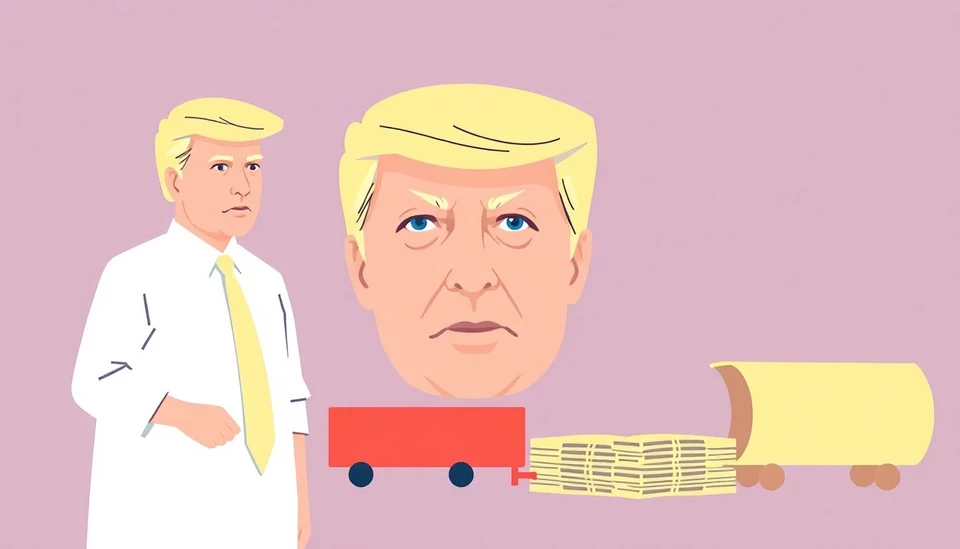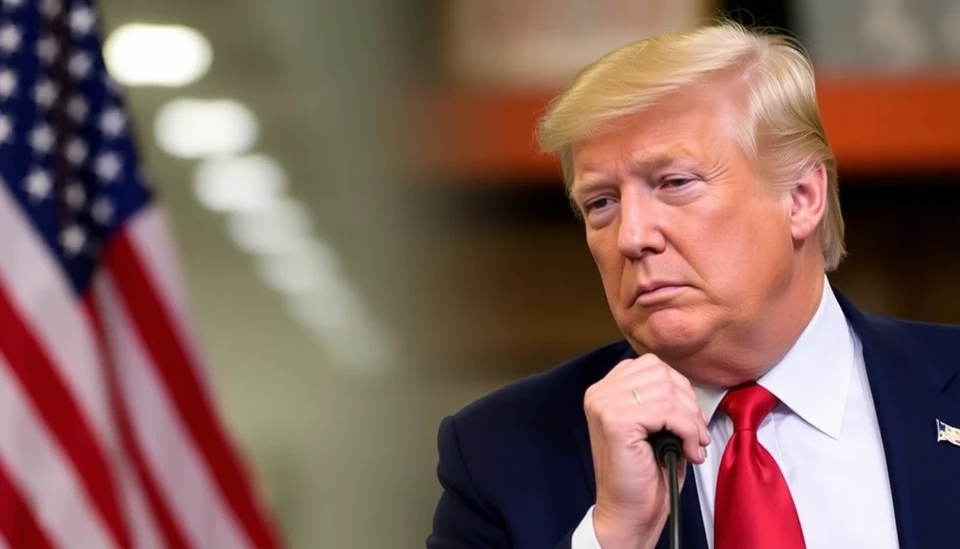
In a landscape marked by ongoing trade tensions, the Trump-era tariffs remain a critical focal point for U.S. economic policy and international relations. As of April 2025, a significant portion of these tariffs is still intact, impacting various sectors across both domestic and global markets. Understanding their current status and the potential changes on the horizon is essential for businesses and consumers alike.
Most notably, the tariffs that were implemented during former President Donald Trump's administration were designed to protect American industries from foreign competition, particularly from China. These tariffs affected a wide range of products, including steel, aluminum, and numerous consumer goods. As the Biden administration has taken the helm, the approach toward these tariffs has been on a gradual reassessment rather than an outright repeal.
The current administration has made some attempts to alleviate the burden of these tariffs, particularly for certain goods that have faced steep price increases. However, a comprehensive overhaul of Trump’s tariff policies has yet to materialize. As a result, many of the original tariffs remain in place, continuing to influence pricing structures in various industries and sparking debates over their long-term viability.
In the immediate term, the administration is expected to make significant determinations within the next 90 days regarding the future of these tariffs. This looming deadline raises questions about how businesses will respond to potential changes and what adjustments may be necessary to comply with new trade regulations or avoid escalated duties.
Industry experts have noted that while some tariffs may be reduced or suspended, others could be maintained or even increased depending on the state of international relations and economic conditions. This situation creates an atmosphere of uncertainty for manufacturers, importers, and consumers as they navigate the complexities of the current tariff landscape.
Furthermore, various stakeholders, including trade advocacy groups, are actively lobbying for tariffs to be reconsidered as they place a strain on supply chains. The increasing costs of imports have led to higher prices for consumers, creating a ripple effect that impacts purchasing power and overall economic stability.
As the 90-day review period approaches, the implications of any tariff modifications will be closely monitored by economists, policymakers, and business leaders alike. The outcomes may hold substantial sway over the U.S. economy as well as its relationships with trading partners worldwide.
In conclusion, the status of Trump tariffs remains a pivotal aspect of current U.S. trade policy. With the next 90 days being crucial for potential shifts, it is essential for stakeholders to stay informed and prepare for the possible ramifications of any changes. The evolving trade dynamics will continue to shape the economic landscape as the country seeks to balance protectionism with the benefits of international trade.
#TrumpTariffs #TradePolicy #USChinaRelations #EconomicImpact #BidenAdministration #InternationalTrade #SupplyChain #Tariffs #MarketWatch
Author: Laura Mitchell




